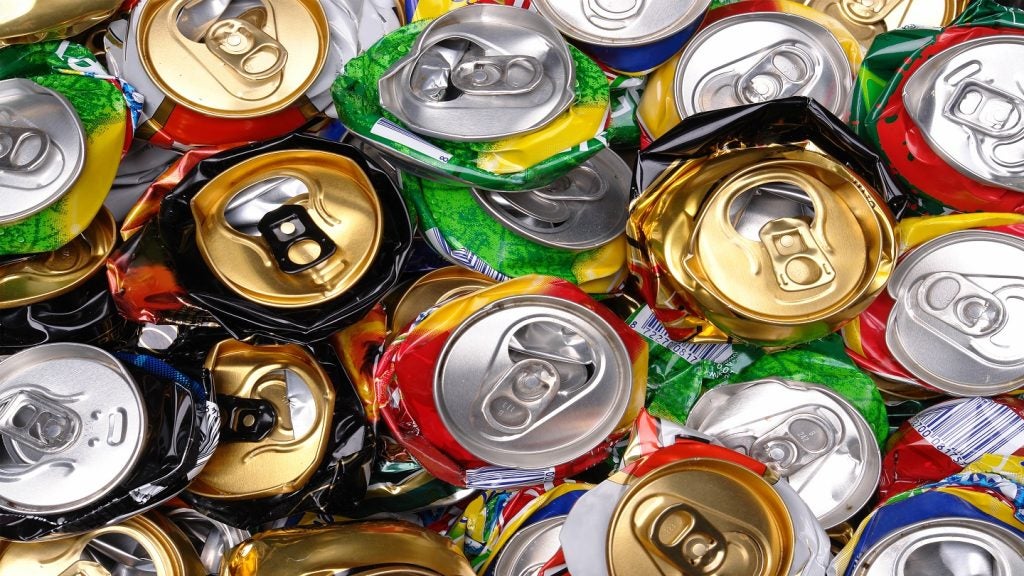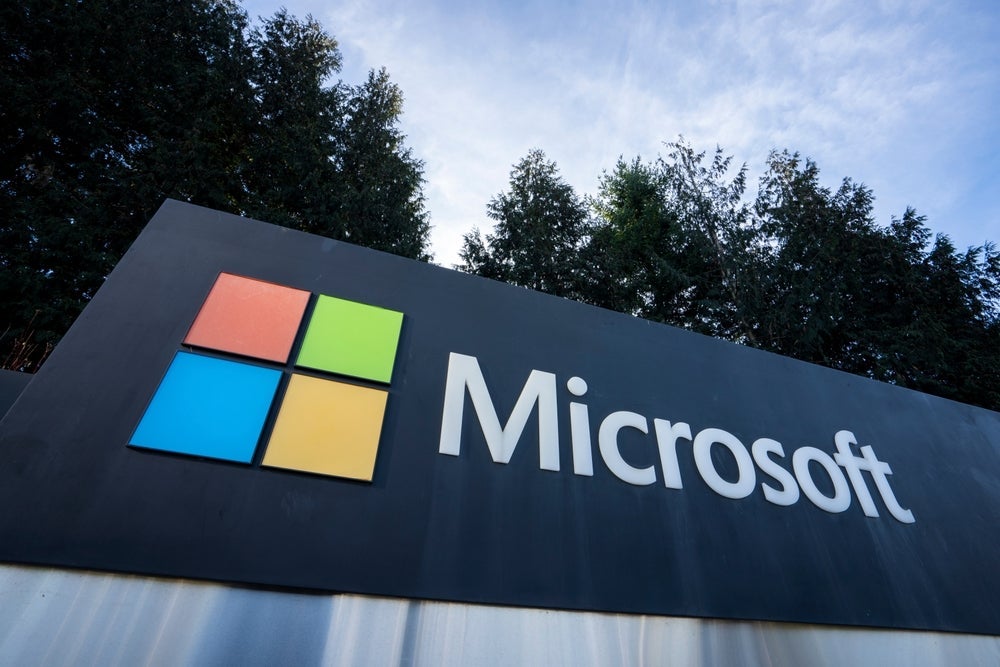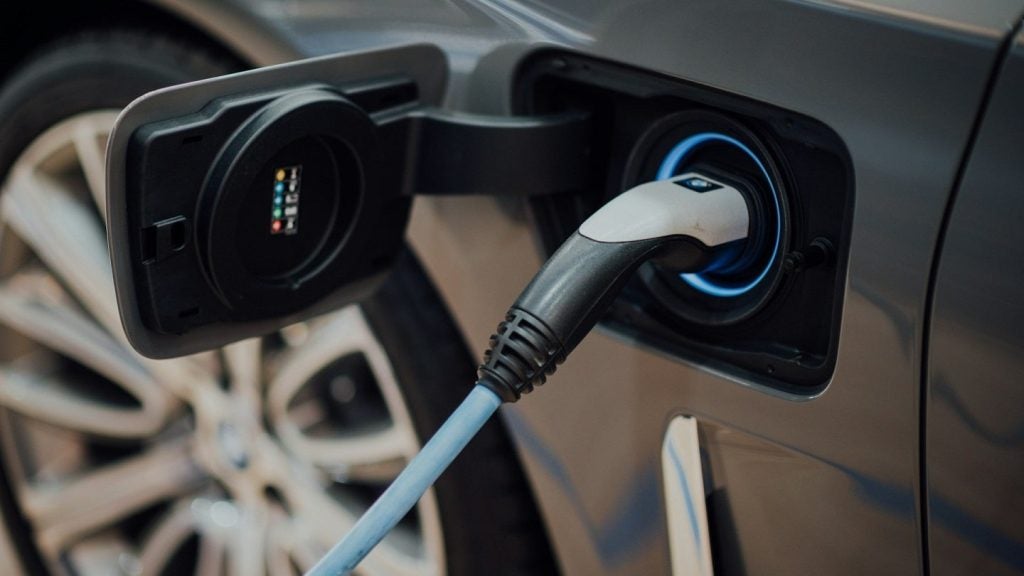Blockchain technology facilitates the transition to a circular economy by providing the tools needed for greater transparency, traceability, and trust across supply chains.
By enabling the detailed tracking and verification of products and materials, the blockchain supports sustainable practices, reduces waste, and enables the efficient reuse of resources.
What is a blockchain?
A blockchain is a type of distributed ledger comprised of unchangeable, digitally recorded data in packages called blocks. Each block is ‘chained’ to the next block using a cryptographic signature. This allows blockchains to be used like a ledger, which anyone can share and access with the appropriate permissions.
Compared to other transaction ledgers, blockchain’s greater security makes transactions tamper-proof. The decentralized nature of the platform—whereby individuals transact with one another without a centralized administrator—allows for transaction fees, which were usually charged by financial intermediaries, to be minimized or stopped altogether. It differs from other decentralized ledger transactions because the ‘blocks’ are chained together and encrypted. This makes it a more reliable option for businesses operating across the circular economy and certifying product origins for sustainability purposes.
Blockchain’s role in a circular economy
Blockchain plays a crucial role in advancing the circular economy. It helps insustainable manufacturing, recycling and refurbishing, and the repair aspects of the circular economy. Its immutable ledger ensures that all transactions are recorded and cannot be altered, providing a transparent history of a product’s lifecycle. Blockchain facilitates the tracking of raw materials, ensuring they are sourced sustainably and recycled appropriately. It can also support token-based incentive systems to encourage recycling and proper waste management.
- Sustainable manufacturing: Blockchain helps in sustainable manufacturing by providing, securing, assessing, and acting on reliable information across the circular production cycle. Moving to a circular economy depends on accurate information on the origins and movements of input materials and products. For example, businesses that wish to become circular must be able to ensure that inputs and products are sustainably procured. Blockchain could be used to trace the supply chain of an item to see which farm or factory line produced the item and where it was transported to and sold. This benefits consumers, as this information will help them identify sustainable products. It will also help businesses along the supply chain that want to buy certified sustainable produce.
- Recycle and refurbish: Blockchain is also used in improving the management of materials, specifically non-biological materials. Devices or materials connected to the internet or GPS can record their condition and location on the blockchain. This can help companies across the circular economy decide when to replace, recycle, refurbish, or remanufacture the products or components. For example, Coca-Cola Africa uses blockchain to record and reward informal waste collectors. Furthermore, manufacturers can guarantee that certain materials are legitimately recycled, refurbished, or remanufactured, reducing corruption in the circular production cycle. Blockchain works hand-in-hand with connected devices. Cryptographic security features mean that cybersecurity risks associated with the latter are greatly reduced when blockchain is used with IoT devices.
- Repair: Blockchain helps in managing maintenance and service records allowing for proactive repairs and maintenance.
Environmental impact is frequently debated
Although blockchain helps to facilitate a circular economy, its environmental impact is frequently debated due to its close association with the cryptocurrency bitcoin. Bitcoin’s energy consumption is often compared to that of entire nations, surpassing Sweden and the UAE in annualized electricity use, according to the Cambridge Bitcoin Electricity Consumption Index (CBECI).
Nonetheless, it is a common misconception that all blockchains are inherently energy-intensive. With its power-hungry proof-of-work (PoW) consensus mechanism, bitcoin is more the exception than the rule. Most public blockchains use less energy-intensive consensus methods like proof-of-stake (PoS). With increased scrutiny on energy-intensive PoW mechanisms, like those used for bitcoin, there are implications for the underlying blockchain.
Regulatory measures aimed at reducing the environmental impact of such cryptocurrencies might encourage a pivot towards more energy-efficient consensus mechanisms or even spur the development of new blockchain architectures.














